Korean cuisine is renowned for its bold fusion of ingredients and spices, crafting delectable meals that tantalize the taste buds. Furthermore, it prioritizes a balanced approach to eating, showcasing a plethora of low-calorie and nutrient-dense dishes. For those seeking to venture into new culinary territories or incorporate more healthy recipes into their diet, Korean cuisine presents an array of opportunities. To get started, explore these wholesome Korean recipes we’ve curated.
The traditional Korean pantry is replete with an assortment of vegetables, including gochujang (Korean chili pepper paste), doenjang (fermented soybean paste), kimchi, and gochugaru (dried chili flakes). These fundamental ingredients can be leveraged to create dishes that are both low in calories yet bursting with flavor. Many of these items are available pre-prepared or can be crafted from scratch.
We have a treasure trove of healthy recipes at our disposal.
For those perpetually on the lookout for them, we invite you to peruse our collections, including Best Healthy Chicken Recipes for Weight Loss and Healthy Meal Prep Ideas & Recipes that can be easily prepared.
Below are some exemplary healthy Korean Recipes:
Hoedeopbap
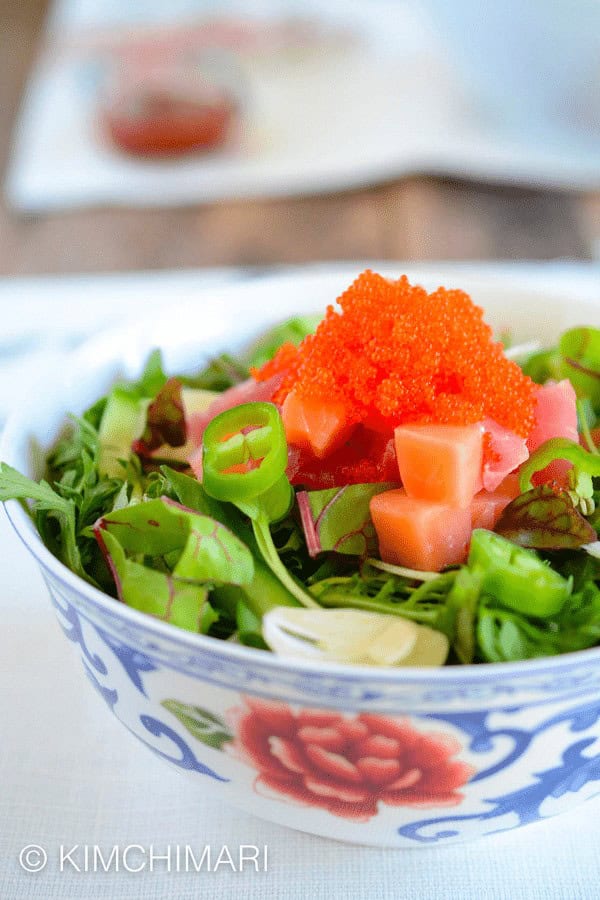
While some may refer to this delectable dish as a hybrid between kimchi and maki (the Japanese word for rice bowl), it’s not entirely inaccurate to describe it as a Korean-Japanese fusion of Sashimi Bibimbap. The core elements are similar: the foundation is built upon a bed of steaming hot rice, topped with an assortment of colorful vegetables, and ultimately mixed together with the bold flavors of gochujang sauce.
This harmonious blend of East Asian cuisines results in a dish that’s both familiar and innovative.
Jokbal
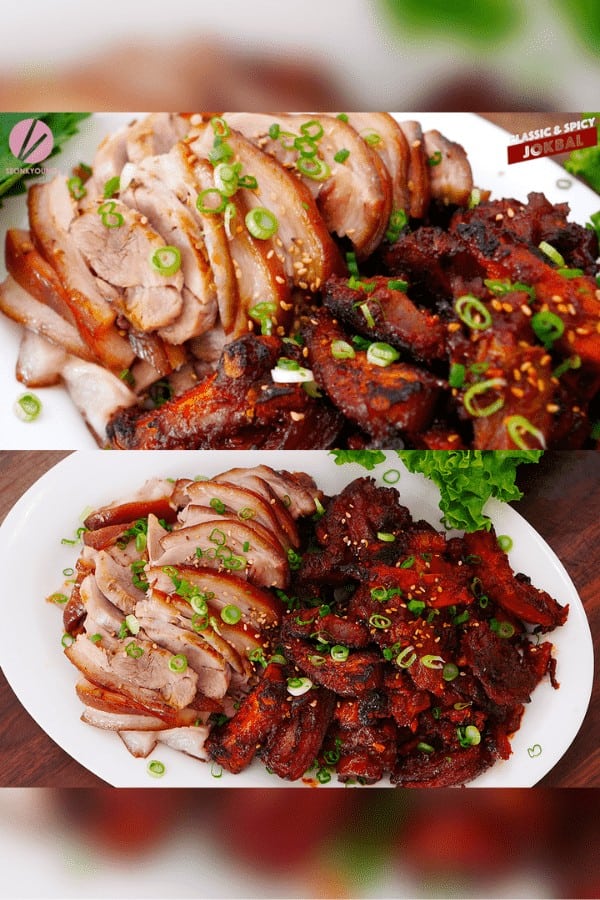
Maangchi’s Jokbal recipe boasts impressive nutritional credentials, boasting a high protein content and a leaner fat profile compared to other pork cuts. This indulgent dish is achieved by slow-cooking pig’s trotters in an aromatic medley of seasonings until the meat becomes tender and utterly infused with flavor, literally falling off the bone.
Samgyetang
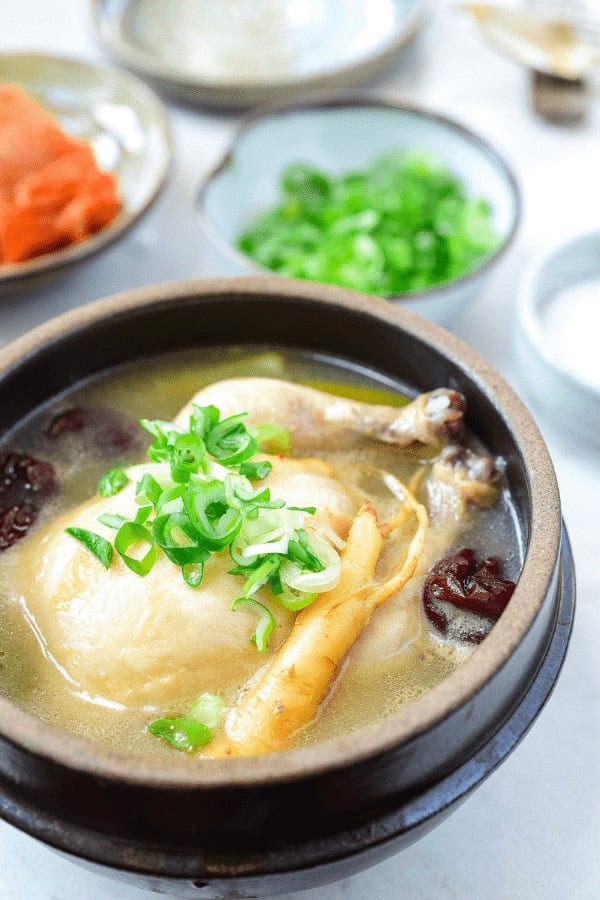
Indulge in the delightful flavors of Korean Bapsang, a dish that highlights the tender taste of young chicken. The ginseng-infused meat will dissolve effortlessly on your palate, while the savory broth is bursting with rich, deep flavors. Whether you’re seeking a comforting meal or looking to spice up your culinary repertoire, this recipe is sure to impress.
Sundubu Jjigae
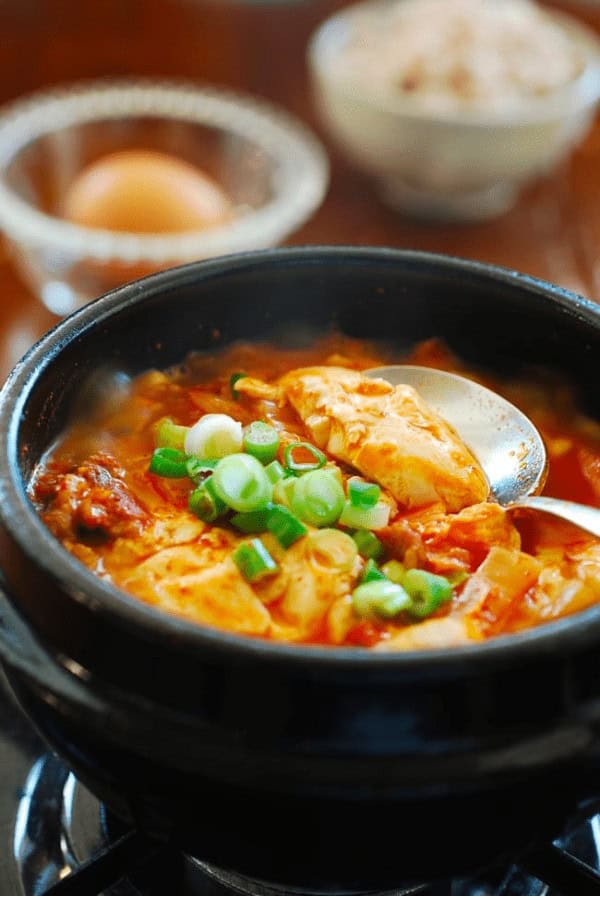
Discover the simplicity of Korean Bapsang’s sundubu jjigae recipe, which harmoniously combines ripe kimchi with tender, thinly sliced meat. Once you give it a try at home, you’ll be thrilled to find out how effortlessly this rich and savory stew comes together.
Yukgaejang
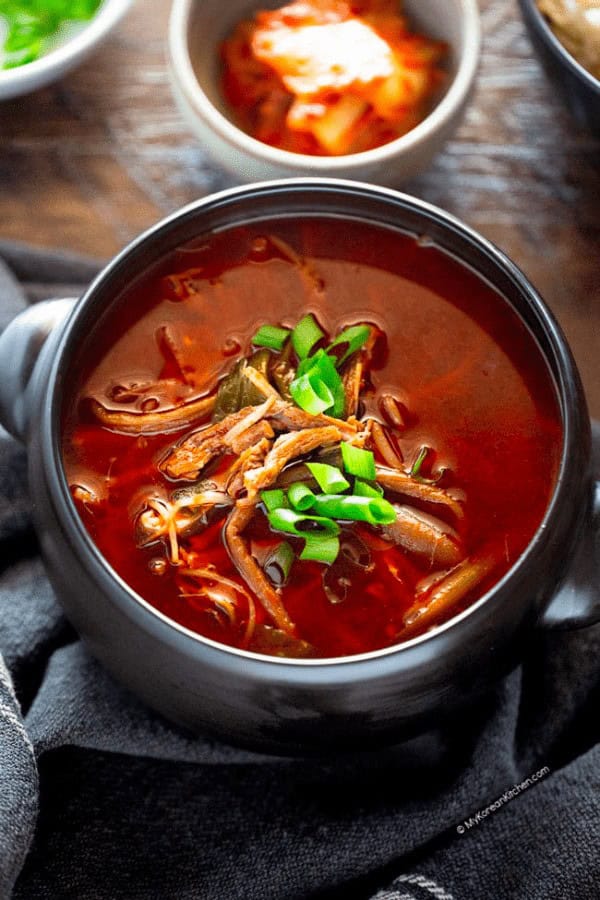
Indulge in the warm, comforting essence of My Korean Kitchen’s signature dish, a slow-cooked masterpiece that harmoniously blends flavors to create a rich and savory experience. As the cooking process unfolds, each note of flavor melds together with precision, yielding a delightfully satisfying and hearty meal perfect for when you crave something comforting.
Jjimdak
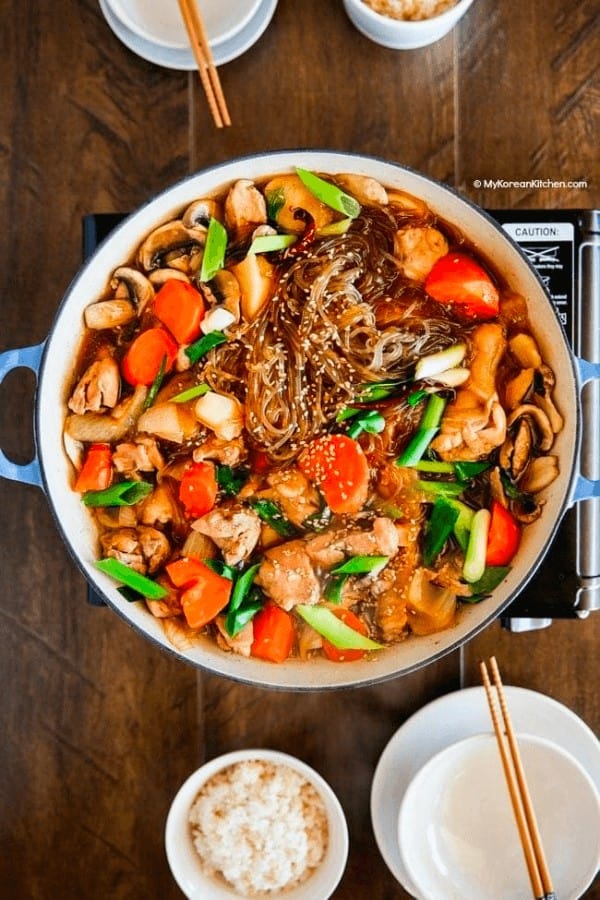
In the heart of Korean cuisine, one dish stands out for its tantalizing blend of savory, sweet, and spicy notes: Jjimdak. This beloved braised chicken recipe hails from Andong, a city in Korea where it’s cherished as a comfort food that’s equal parts addictive and soothing. The harmonious balance of flavors is achieved through the subtle interplay of sweet and salty tones, punctuated by the bold heat of dried chili peppers.
What’s more, the number of chili peppers can be adjusted to suit individual tastes for spice, making Jjimdak a dish that’s both accessible and intriguing.
Gyeran Mari

Savoring the Flavors of Korea: Gyeran Mari, a Quick and Delicious Treat
Gyeran mari, or Korean-style rolled eggs, is an incredibly easy and delectable recipe that requires mere minutes of preparation time. This classic dish typically combines chopped carrots and scallions, but feel free to put your own spin on it by incorporating your favorite ingredients.
Gyeran Jjim
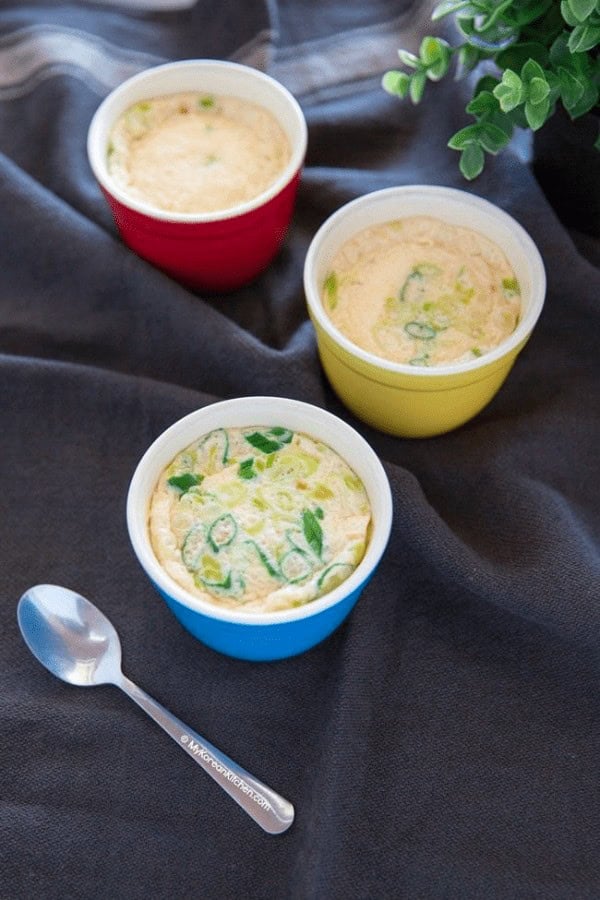
In the heart of Korean cuisine lies a beloved staple: Gyeran Jim, or Korean steamed egg. This delectable side dish boasts a silky, pudding-like texture and a flavor profile that’s both subtly salty and savory, making it an ideal accompaniment to hot steamed rice. Its universal appeal is undeniable – people from all walks of life will undoubtedly fall for its charms.
Gamja-tang
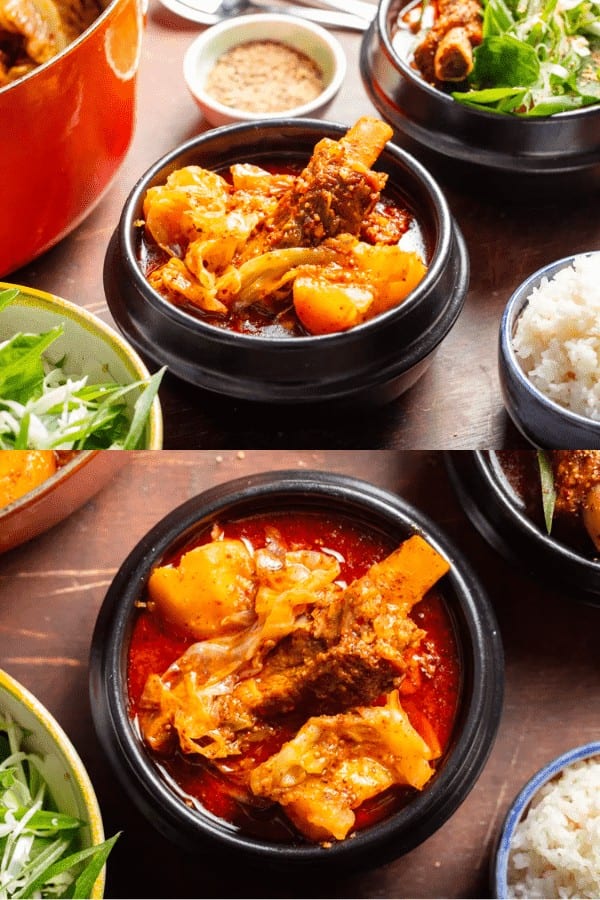
For those seeking a remedy for the winter blues, gamja-tang is the perfect prescription. This satisfying dish combines pork bones with potatoes and perilla seeds, then adds a burst of flavor from scallions, chiles, and perilla leaves on top. Not only does it provide a comforting culinary escape, but it also highlights the significance of kkaennip (perilla) in Korean cuisine.
As a staple ingredient, kkaennip plays a crucial role in many traditional dishes, making gamja-tang an excellent way to experience its unique flavor and versatility.
Galchi

The allure of galchi’s tender sweetness lies in its harmonious pairing with a steaming bowl of rice. A staple in Korean cuisine, this fish has been savored by generations, with locals developing a keen sense of discernment when it comes to extracting the edible portions with chopsticks, while deftly disposing of the bones.
Galbitang
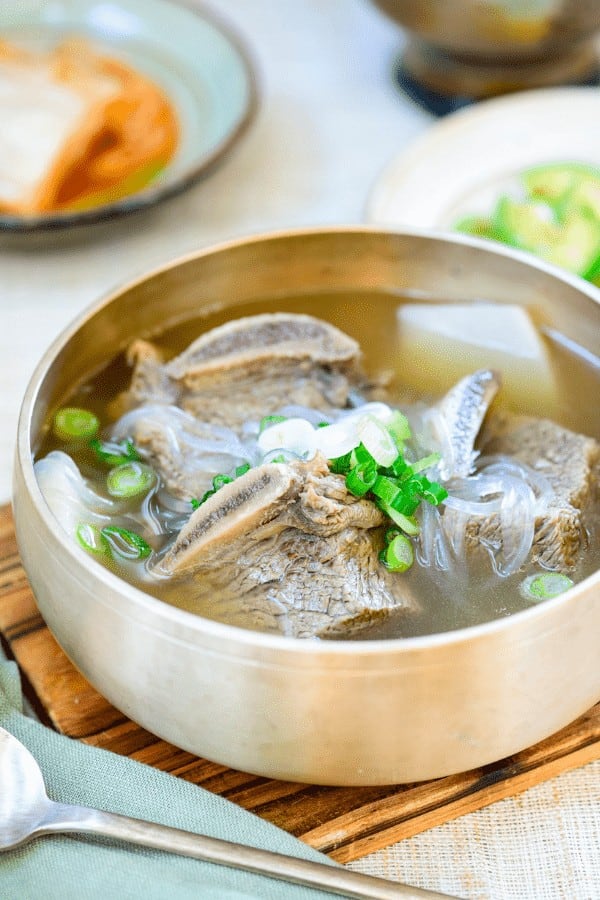
In Korea, there’s a beloved transparent soup called Galbitang that boasts beef short ribs as its star ingredient. This hearty, nourishing dish is characterized by a delicate flavor profile, achieved through the slow-cooking of the galbi (short ribs) with an array of aromatics, including Korean radish (mu), onion, garlic, and ginger, until they reach tender perfection.
Bulgogi
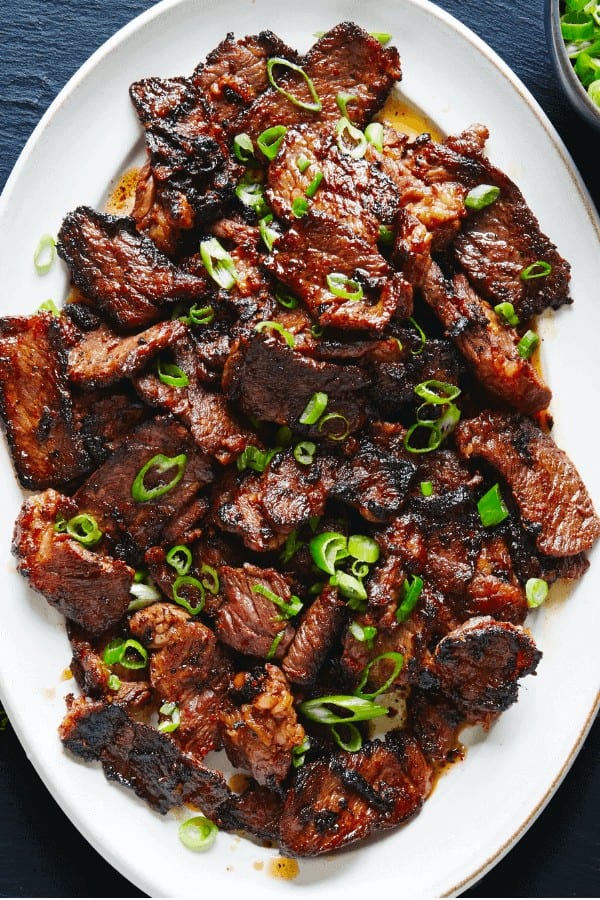
In the world of Korean cuisine, Bulgogi stands out as a mouthwatering barbecue delicacy that literally translates to ‘fire meat’ – a fitting name, considering its traditional preparation method involves grilling marinated beef over charcoal. But don’t worry, this recipe takes a modern approach by pan-frying the bulgogi on the stovetop, making it quick and easy to prepare. What’s more, its versatility is unparalleled, allowing you to customize it to your heart’s content.
Bugeo Guk
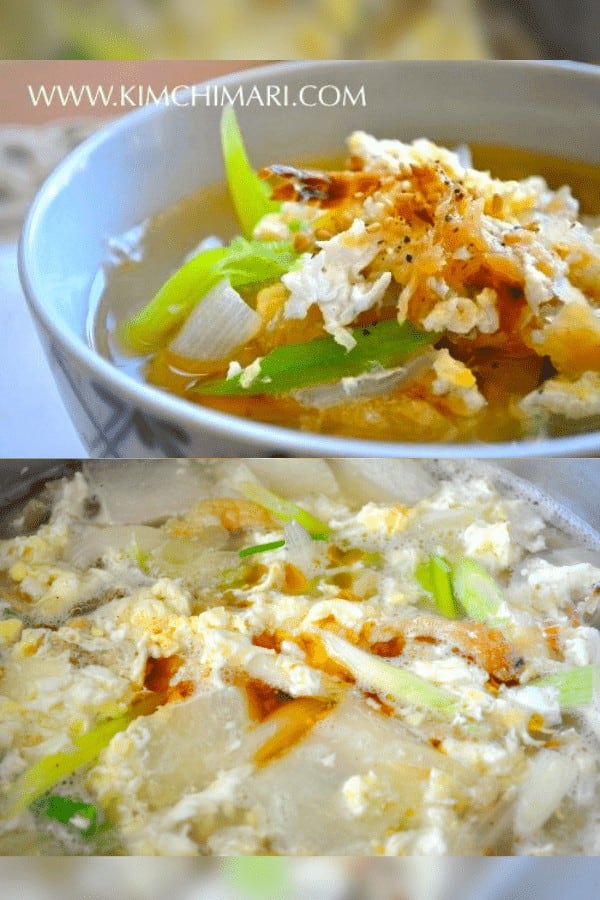
In the realm of Korean cuisine, there’s a soup that stands out for its impressive detoxifying properties – Bugeo guk, also affectionately known as Kimchimari. This comforting and nourishing broth has earned a reputation for its gentle yet effective way to soothe and warm the belly. What’s more, it’s surprisingly easy to prepare, making it an excellent addition to any meal routine.
If you’re looking for more inspiration in the world of soups, be sure to check out our collection of Instant Pot soup recipe ideas.
Soegogi Miyeokguk
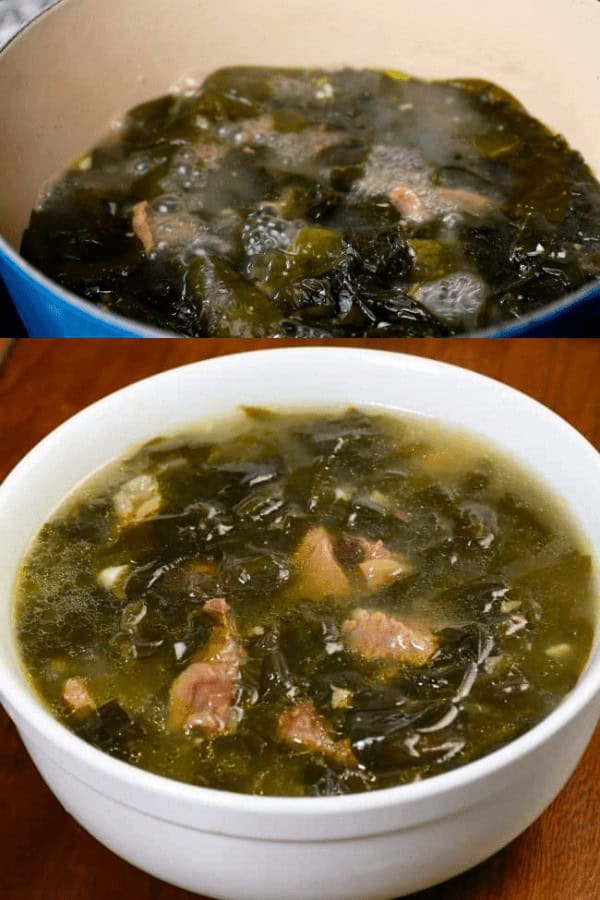
Maangchi’s signature dish is a staple in Korean cuisine, typically served on special occasions such as birthdays or post-childbirth celebrations. Its nutritional profile is impressive, boasting high levels of iodine, iron, and calcium, making it a popular choice among those looking to boost their health. While its versatility allows for enjoyment at any time, the most common variation uses beef as the primary protein source, which remains the top favorite.
Kalguksu
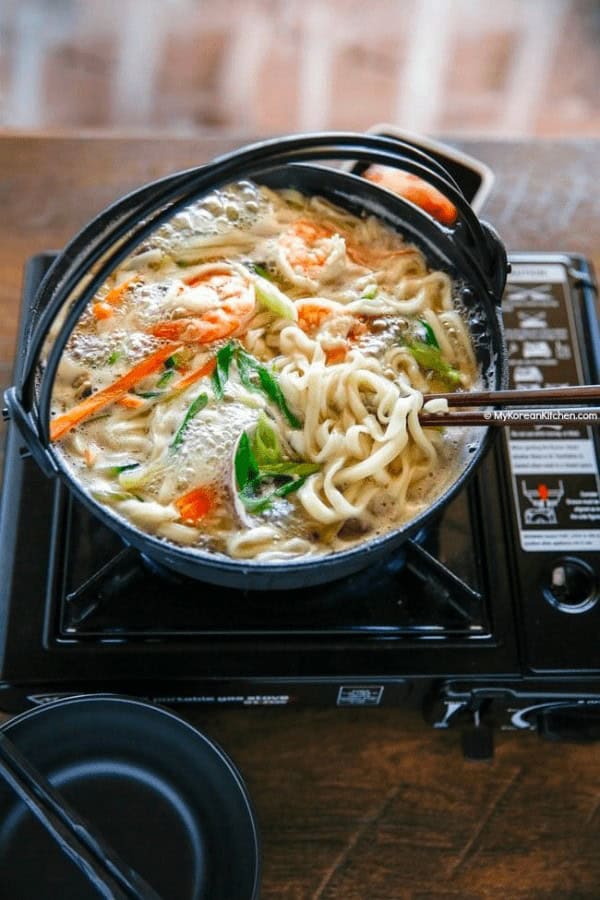
In the heart of Korean cuisine lies Kalguksu, a delectable noodle soup that effortlessly wins over palates. The star attraction of this dish, however, is its handmade knife-cut noodles – slender, flat, and boasting a delightfully springy texture. When it comes to craving a light and revitalizing bowl of goodness, Kalguksu is the ideal choice for any occasion.
Tteokgalbi
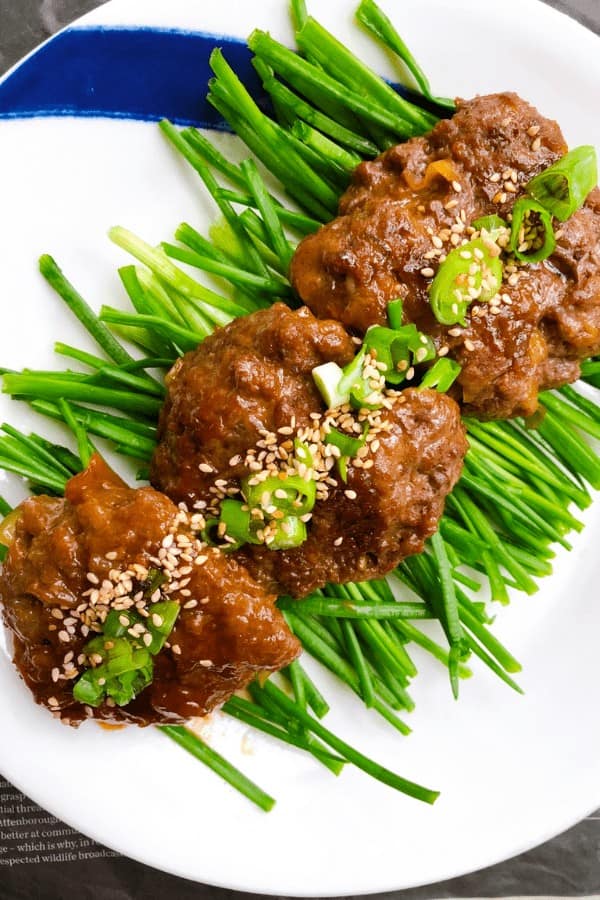
Indulge in the sweet and savory fusion of Korean cuisine! Tteokgalbi Korean Meatball Patties are a game-changer for those who crave a harmonious balance of flavors. By coating ground beef with a rich, sticky glaze made from Korean soy sauce, this dish is elevated to new heights. Serve it atop fluffy rice or chives, and don’t forget to add some scallions, sesame seeds, and your favorite toppings for added texture and flavor.
Not only will this meal satisfy your cravings, but leftovers can be easily reheated and enjoyed at a later time, making it a convenient and crowd-pleasing option.
Kongnamul Guk
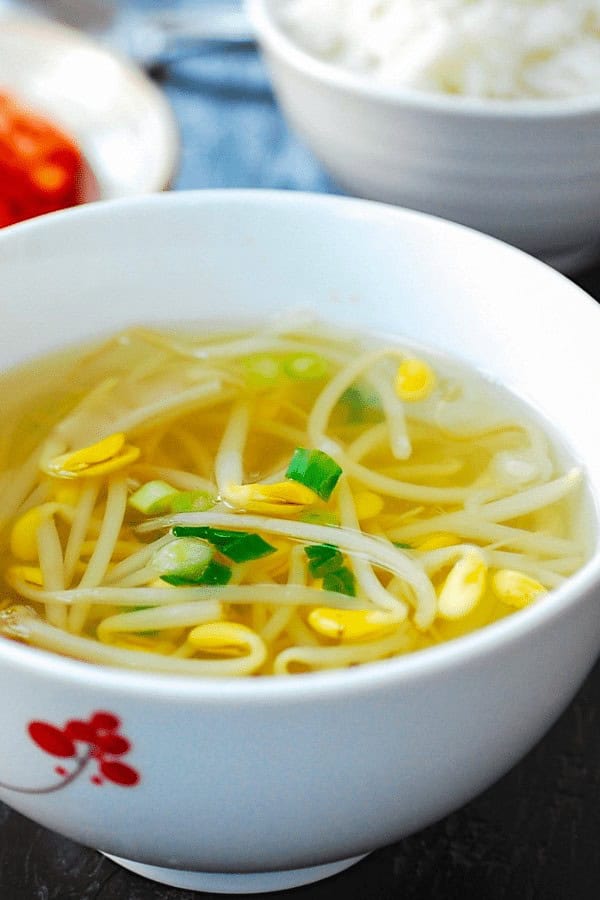
In Korean cuisine, Kongnamul, or soybean sprouts, holds a special place as a versatile and affordable vegetable option. Year-round availability makes it easy to incorporate into various dishes. For added flavor, you can cook Kongnamul in different broths such as beef or anchovy-based options. Some enthusiasts like to take it up a notch by adding gochugaru, red chili pepper flakes, for an extra kick of spice.
Bibimbap
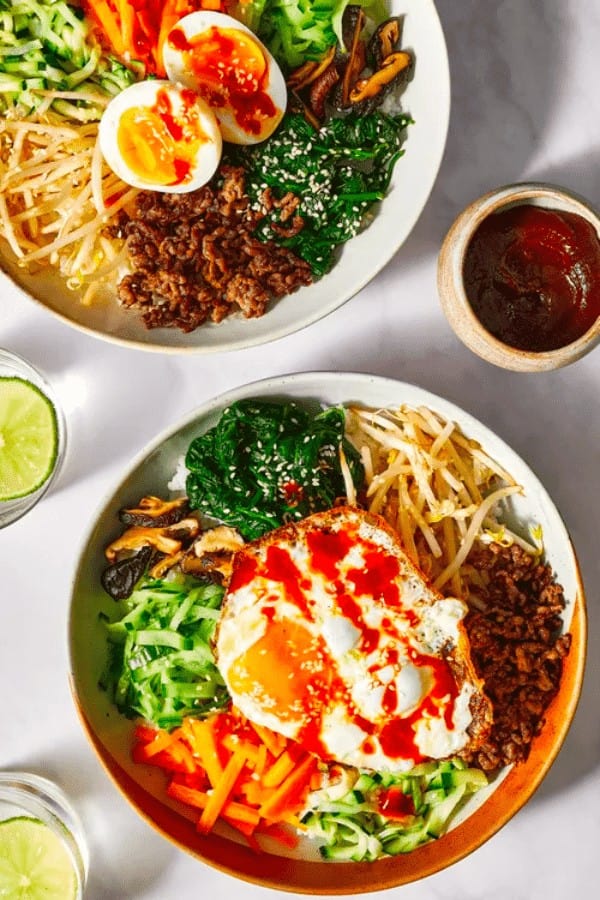
Bibimbap’s vibrant presentation is undeniable, with its harmonious balance of colors and textures on the plate. One of the best aspects of this Korean dish is its versatility – it can be tailored to suit individual tastes, including those who prefer a milder flavor profile. By adjusting the level of spiciness, home cooks can create a bibimbap that perfectly suits their palate, making it an excellent option for those who don’t enjoy spicy food.
Jeonbokjuk
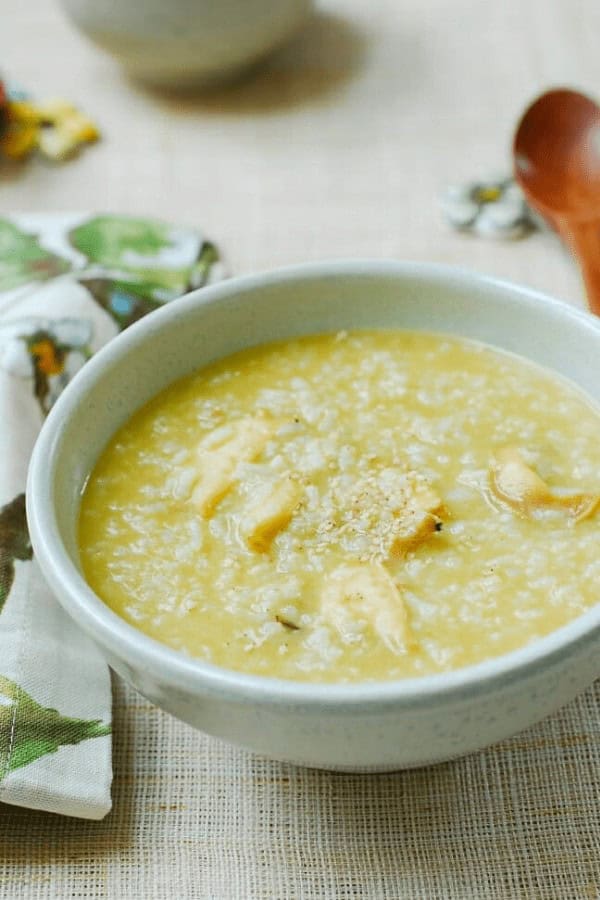
The revered Korean Bapsang cuisine has a treasure trove of dishes that not only tantalize the taste buds but also provide numerous health benefits. Abalone porridge, in particular, is a standout example. This comforting dish derives its unique flavor profile from the internal organs of the abalone, which also lend it a subtle greenish hue. The final color and consistency of the porridge depend on the size and quantity of abalones used.
Kimbap
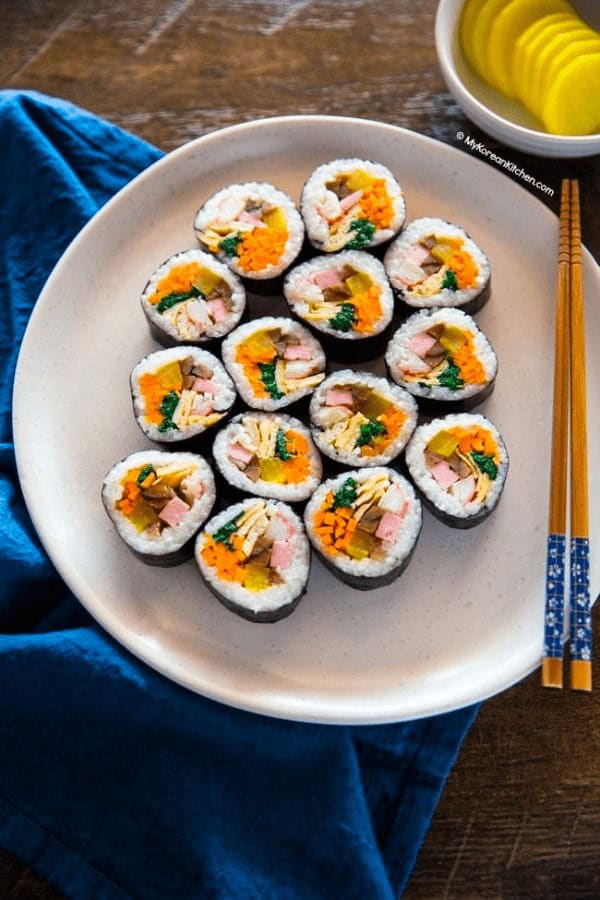
In the realm of My Korean Kitchen, one type of kimbap that takes center stage is Yachae Kimbap, often translated to vegetable kimbap. While it’s true that this variety doesn’t necessarily scream ‘vegetarian’, it does include some processed meat like Korean ham and imitation crab. To give you a plant-based twist, simply skip these additions and substitute with cooked seasoned tofu for added flavor.
Kongguksu
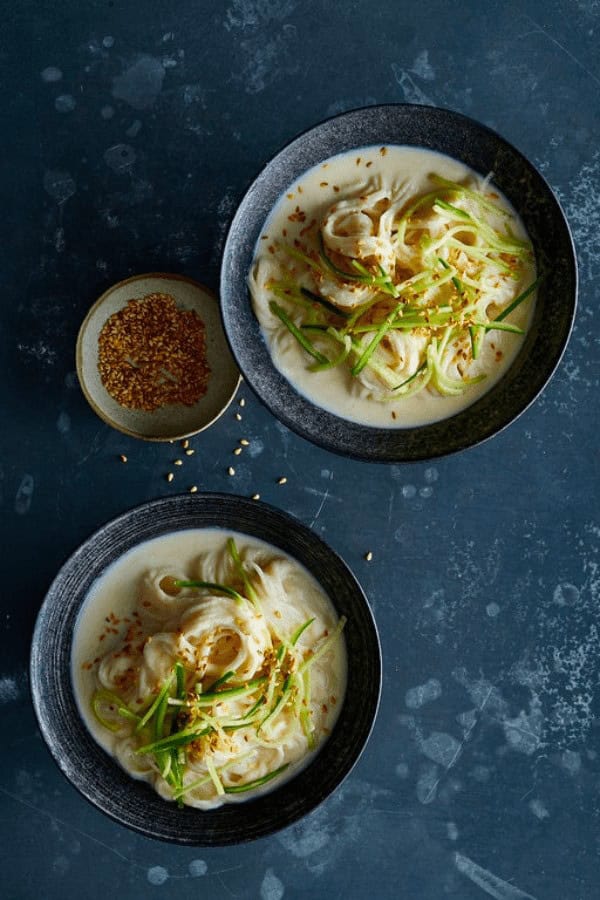
In Korea’s scorching summer heat, a refreshing cold noodle dish has become a staple. The simplicity of its ingredients belies the complexity of flavors it packs. To make this Korean summer delight, all you need are five humble components: cucumbers, dried soybeans, pasta, salt, and water. At its core lies a velvety homemade soy-milk broth, served ice-cold over fine wheat noodles.
As the nutty and rich flavors meld together, it’s no wonder this dish has earned a loyal following – and will leave you craving more!
Sigumchi Namul
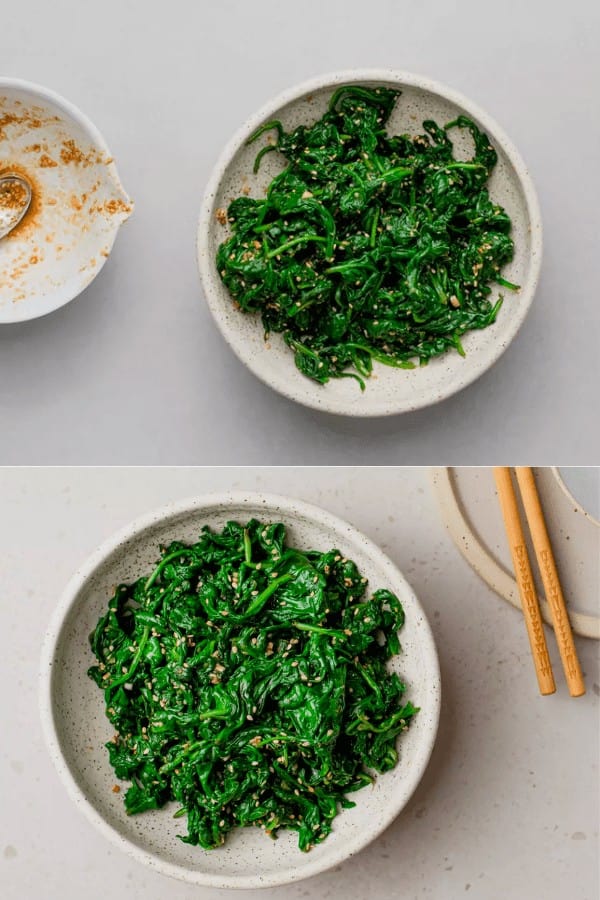
The versatility of sigumchi namul, a Korean spinach dish, lies in its ability to be customized to suit individual tastes. To achieve this, simply adjust the quantities of each ingredient to your liking. For those with dietary restrictions or health concerns, it’s essential to monitor the use of soy sauce and sugar. The good news is that sigumchi namul is a nutritious option, as spinach is an excellent source of iron and other essential nutrients.
Related Posts:
Savor the flavors of wholesome goodness with these top-notch Buddha bowl recipes, featuring a refreshing spirulina smoothie to kick-start your meal prep journey. Discover creative low-carb ideas and mouthwatering dishes that cater to your dietary needs, ensuring a nutritious and satisfying experience.
SOME KOREAN SAUCES THAT YOU CAN BUY:
When it comes to elevating the flavors in your Korean dishes, having a reliable and authentic gochujang paste by your side can make all the difference. With over 7,700 reviews and a consistent track record of delivering on its promises, CJ Haechandle Gochujang is an excellent choice for those looking to add that extra kick to their bibimbap, kimchi stew, or BBQ.
This traditional Korean paste is made with only the freshest ingredients, including glutinous rice, fermented soybeans, and red hot chili peppers. The combination of these components results in a sweet and spicy flavor profile that will have you craving more. Whether you’re looking to add depth to your marinades or sauces or simply want to give your dishes an extra layer of complexity, this gochujang is the perfect solution.
In addition to its impressive array of flavors, CJ Haechandle Gochujang also offers a range of convenience features that make it easy to incorporate into your cooking routine. Simply apply the paste to your desired dish and let the magic happen! If you’re looking for a more intense flavor, simply soak the paste in the marinade for 30 minutes or longer. For those who prefer a milder heat, bibigo’s Korean BBQ Marinade and Sauce offers an excellent alternative.
This versatile sauce can be used as a marinade, condiment, or dipping sauce, making it perfect for pairing with beef, chicken, pork, or seafood. With its sweet and savory flavor profile, this sauce is sure to become a staple in your kitchen. Finally, for those who crave the authentic flavors of Korean cuisine but require gluten-free, non-GMO, vegan, and OU kosher options, Medium Spicy Korean Bulgogi Kalbi Galbi BBQ Marinade & Sauce is an excellent choice.
This all-purpose sauce can be used as a marinade, cooking sauce, or BBQ sauce and is free from artificial ingredients, making it a great option for those with dietary restrictions.